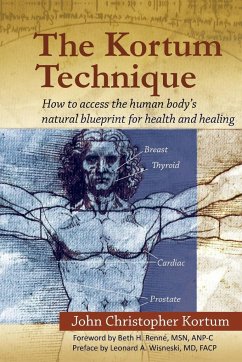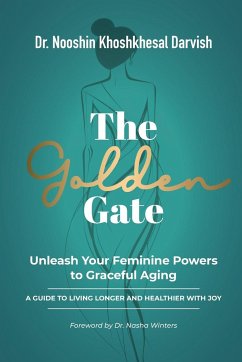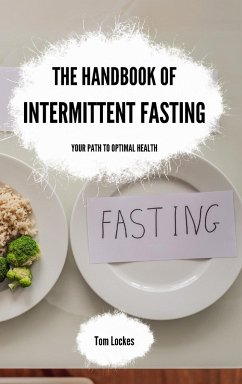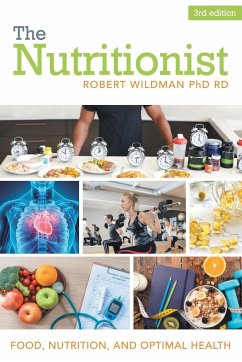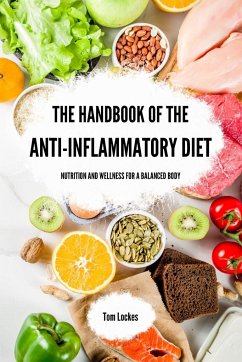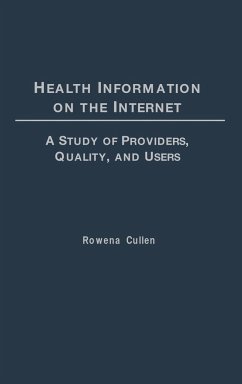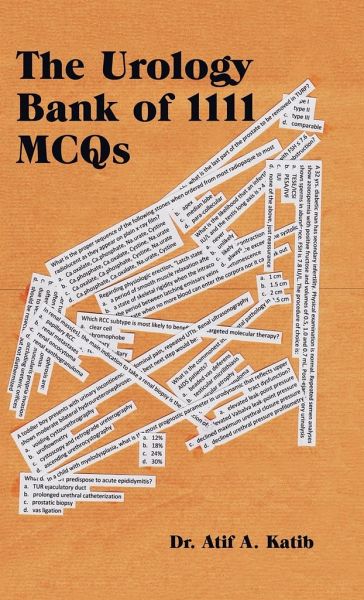
The Urology Bank of 1111 Mcqs
Versandkostenfrei!
Versandfertig in 1-2 Wochen
43,99 €
inkl. MwSt.
Weitere Ausgaben:

PAYBACK Punkte
22 °P sammeln!
We aim at testing knowledge acquisition and application, albeit data analysis is tested in fewer instances. The questions are presented in Calibri (body) theme font to provide the best readability. The questions` stems are short, bold, and typed in size 14 font. Each question has four options. It is hard for a test taker who doesn't know the answer to guesstimate. We have used plausible distractors and avoided double negatives. Furthermore, we have used the finished and unfinished statement styles and avoided complex structures of questions. We have implemented the (how common is ...) and (wha...
We aim at testing knowledge acquisition and application, albeit data analysis is tested in fewer instances. The questions are presented in Calibri (body) theme font to provide the best readability. The questions` stems are short, bold, and typed in size 14 font. Each question has four options. It is hard for a test taker who doesn't know the answer to guesstimate. We have used plausible distractors and avoided double negatives. Furthermore, we have used the finished and unfinished statement styles and avoided complex structures of questions. We have implemented the (how common is ...) and (what is the likelihood that ...) styles of questions as we believe that the reader`s intuition and clinical sense last longer, in mind, than figures do.





